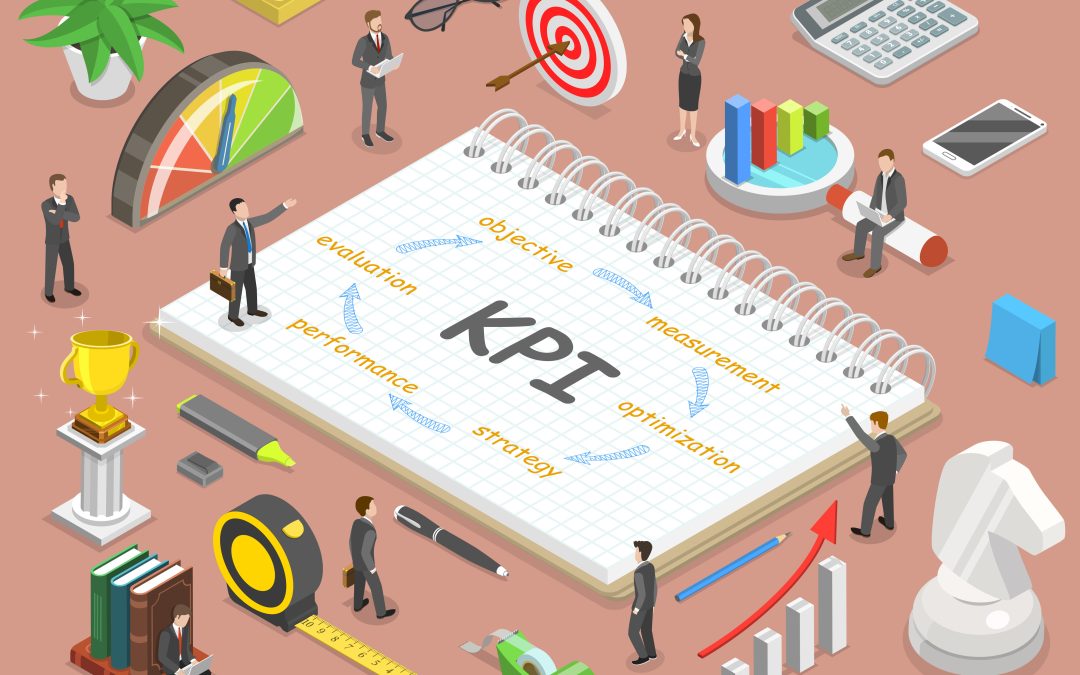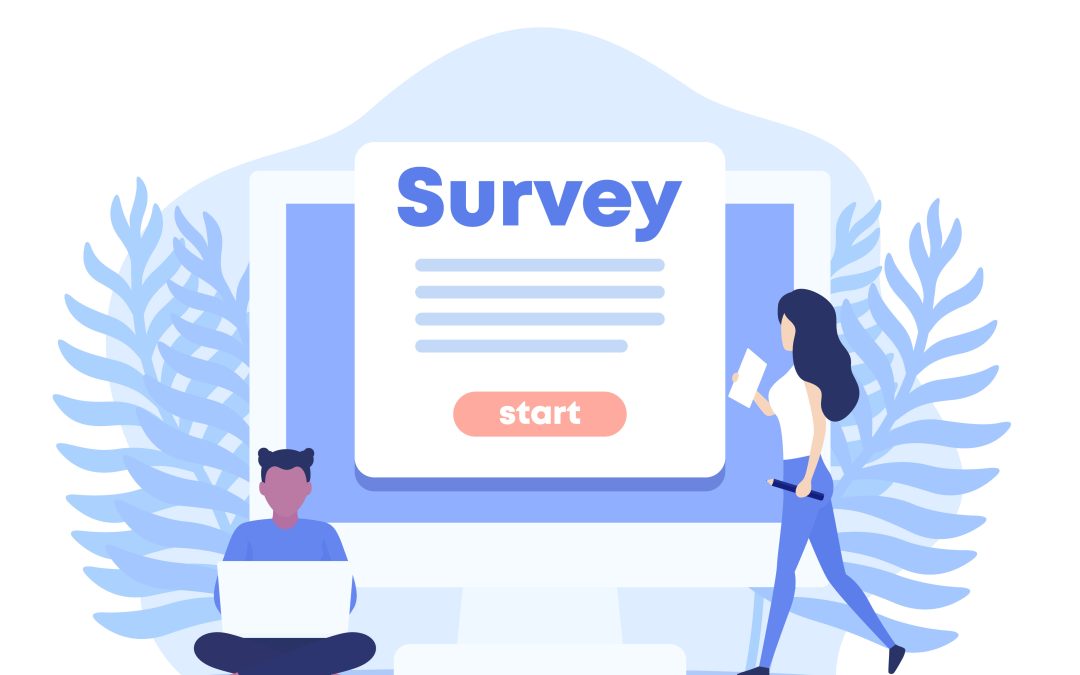
Key Performance Indicators
Key Performance Indicators
Key performance indicators (KPIs) are performance measurements that determine how well a business is achieving its objectives. KPIs evaluate the success of a business and they often differ amongst industries. They help to determine a business’ strategic, financial, and operational achievements. KPIs also provide understanding, at all levels of a business, when it comes to making business decisions. As a small business owner there are many common performance indicators that assist in achieving the business’ goals.
Revenue Growth
Revenue growth KPIs measure how sales increase or decrease over time. Common periods are month-to-month, or from one year to the next. Revenue growth analysis can be broken down into more detail, by customer type. A business can determine the revenue growth rate by dividing the revenue from one period by the revenue from a subsequent period. Then subtracting one, and then multiplying by 100 to determine a percent.
Revenue Growth Rate = ((06-30-22 Revenue – 06-30-21 Revenue) / 06-30-21 Revenue) * 100
If the revenue growth rate is positive, the business is growing. If it is negative than there may be a serious problem.
Gross Profit Margin
Gross Profit Margin KPIs measure the profit a business makes on each dollar of sales before expenses. It depicts how well a business is performing. Profit margins are crucial KPIs for a business. A business’ gross profit margin should increase as the business grows. If the gross profit margin decreases, this can indicate trouble. To calculate the gross profit margin the cost of goods or services sold is divided by the revenue, then multiplied by 100. By monitoring the gross profit margin regularly, it helps to identify trends. In doing this, any major changes are identified and then mitigated if need be.
Accounts Receivable Turnover
The accounts receivable turnover is a KPI that measures how quickly your business collects on outstanding receivable accounts. It essentially tells you how quickly your customers are paying their invoices. Common timeframes for customer payments are 30, 60 or 90 days. Customers paying their invoices on time helps to ensure a steady and stable cash flow. Monitoring this KPI helps to identify any problem areas, such as slow paying customers and inefficient invoicing processes.
There are many key performance indicators that are common amongst small businesses. They help a business achieve its goals and provide insight on the overall health of the business. Our team specializes in developing and implementing KPIs and is here to help!
Contributed by Elizabeth Partlow




